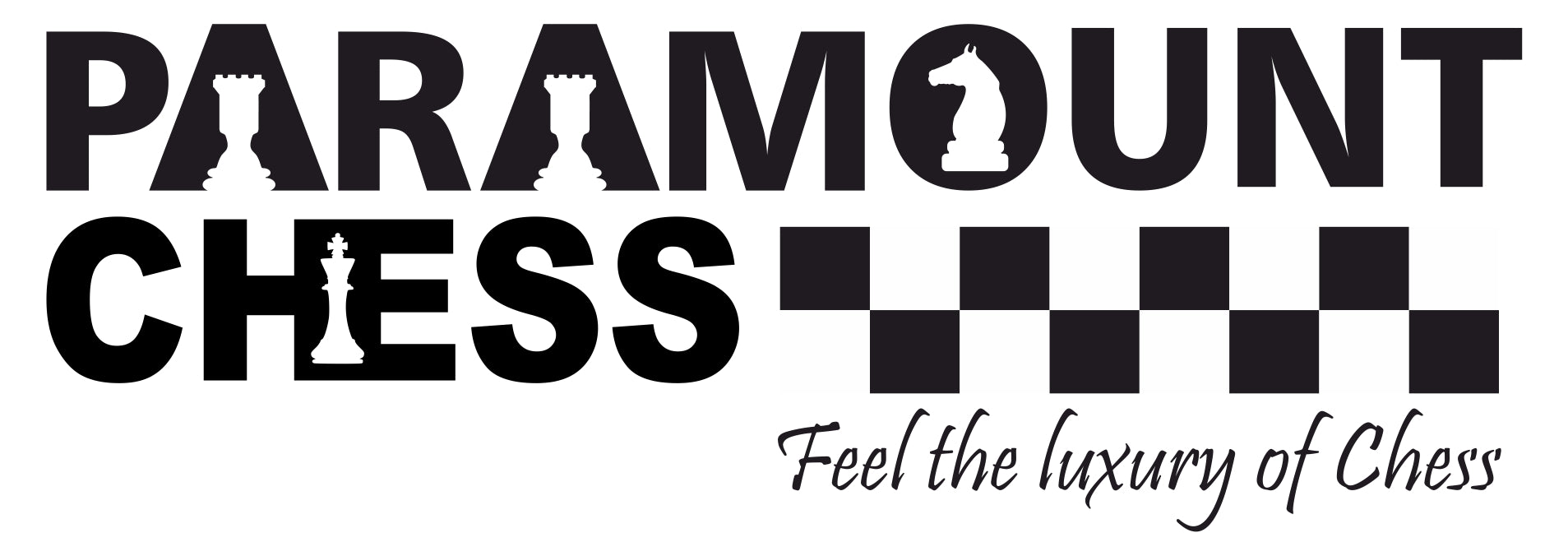
The Ruy Lopez opening is one of the most popular openings in chess. Players from all aspects of the spectrum use it. This spectrum comprises of amateurs as well as the most skilled-grandmasters. The Ruy Lopez opening is also referred to as, ‘The Spanish Game’ or ‘The Spanish Opening’. It is named after the sixteenth century Spanish priest, Ruy Lopez de Segura. The ELO codes C60 – C99 correspond to this opening and its variations.

Some of the advantages of the Ruy Lopez opening include:
- This opening leads to complex and intriguing games
- It keeps constant pressure on black pieces
- It gives the ability for white to develop quickly
Some of the disadvantages of the Ruy Lopez opening include:
- There is vast theory available on all the lines
- Black has a large array of tactics to counter this attack
- Black may obtain the chance to attack the light-square bishop
This opening is characterized by the moves,
- e4 e5
- Nf3 Nc6
- Bb5

Why use it?
It starts right off with moving the white pawn to e4. An opponent might counter this by moving the black pawn to c5 as in the case of the Sicilian Defence. The chances of an opponent replying with e5 are a lot higher. This is because, both players are keen to establish control over the center of the board. This theme continues in the following moves as well as both players take out their knights to further establish control.
The Ruy Lopez opening goes a step further in that, White moves its bishop from the safety of the King’s side pawns and directly attacks the black knight on c6. To have the bishop play such an attacking role is quite a sight on any chess board. Maybe this is the reason it is named after the Spanish bishop Ruy Lopez.
Many players will willingly give up their bishop for the price of their opponent’s knight. This is because unlike other pieces with unlimited range on the board, the knight is able to jump across pieces in it’s way. This advantage is enough for players to put up the exchange. Allowing white to exchange the knight for it’s bishop will not only disturb the pawn structure of black, but also give white a tactical advantage. Therefore, this opening when employed correctly by white may increase it’s chances of winning the game.
Let’s look at some of the mainline variations:
Berlin Defense
This is one of the most popular variations of the Spanish game. It gained a lot of popularity during the 2000 World Chess Championships. It was here that Chess Grandmaster Vladimir Kramnik beat the legend Garry Kasparov. This variation starts of by moving the black knight to f6. The moves involved here are,
- e4 e5
- Nf3 Nc6
- Bb5 Nf6

Jaenisch Gambit
This is a gambit that is developed by black to take away focus from the flanks onto the center of the board. If white does accept the gambit, black has many chances to use this opportunity to furnish a counter attack. This may result in material advantage for black, this making it a very successful variation. The moves involved here are,
- e4 e5
- Nf3 Nc6
- Bb5 f5

Morphy Defense
The Morphy Defense is another popular variation of the Spanish Game opening. This move is done in an attempt to break away the pinned knight.
The moves involved here are,
- e4 e5
- Nf3 Nc6
- Bb5 a6

As a result this particular variation has many sub-variations. Some of which include:
- Exchange variation: This is when after a6, white decides to go ahead and exchange the white bishop for the black knight. Since many players consider the first knight to be superior to the first bishop, it is common to see this. This is also common among beginners and players who are unable to utilize the bishop on the board.
- Closed variation: This is a very defensive sub-variation of the Morphy Defense. This involves black moving the king side bishop and knight just out of the way to allow for castling.
- Open variation: This is a fairly attacking sub-variation of the Morphy Defense. In this black begins advancing towards the white side of the board using its knight. It does so by capturing the white pawn on e4. This can be backed up by either the bishop or queen and may result in a great attack.
- Marshall attack: This is a particularly well-balanced sub-variation of the Morphy Defense. It involves attacking the white pawn on e4 but also then moving onto fortifying the flanks. After that, it resorts to castling on the king’s side, thus strengthening the entire side.
Further Reading 1: https://lichess.org/study/Utd758xx
Further Reading 2: https://lichess.org/study/vBAzEqQr/DobNrevm




